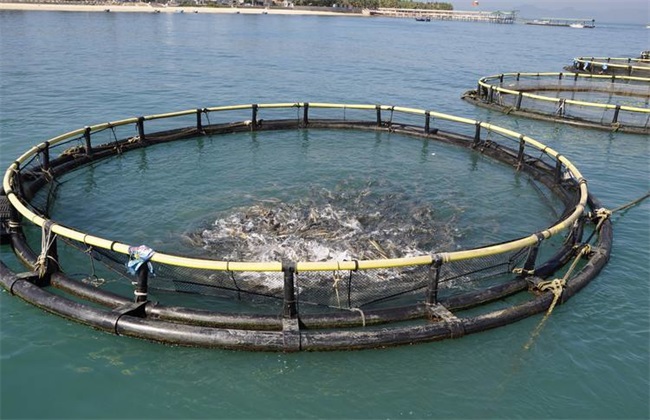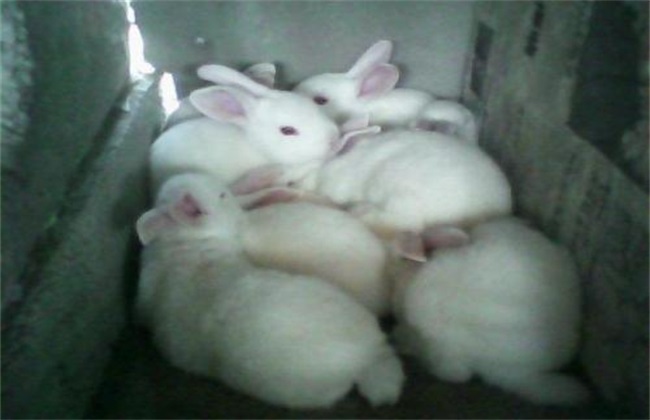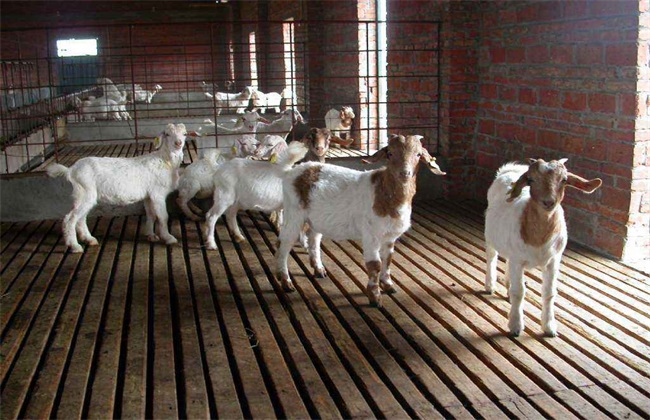How to improve the utilization rate of bait in fish culture
Fish is a major aquaculture project in China, and the area of fish culture in China is very large. Whether it is the four big fish or rainbow trout and other fish, the market demand in our country is also very huge. However, the utilization rate of bait in the breeding process of many fish farmers is very low, and the breeding cost is therefore increased. So how can we improve the utilization rate of bait when we raise fish? Let's take a look at it with the editor.

1. Cultivate natural bait
It is a very important measure to cultivate natural bait in the process of culture. When we are breeding, we should improve the water quality of the pond and increase the quantity of plankton in the pond through the work of water quality. These plankton can be used as bait for fish, and fish like to eat very much. The proper increase of natural bait can not only effectively improve the feed conversion rate. It can also reduce the input of bait, indirectly reduce the cost of bait, and improve the efficiency of breeding. However, when cultivating natural bait, we should pay attention to control the quantity so as to prevent the excessive quantity from causing the decrease of dissolved oxygen and affecting the growth of fish.
2. Appropriate mixed culture
There are many people who live on the bottom, such as crucian carp, if we are farmed grass carp, this kind of pelagic fish. Then we can properly mix crucian carp these bottom fish, when grass carp have not finished or missed bait sink to the bottom of the pond, then provide sufficient bait for the bottom fish. In this way, when we put in the same bait, we not only ensure that the grass carp have enough food, but also increase the income of the bottom fish. The utilization rate of bait is naturally increased, and it can also prevent the residual bait from polluting the water quality and affecting the growth of fish.
3. Reasonable input and feeding
When we put in the bait, we should pay attention to fixed time and fixed quantity, so that the fish can develop a good eating habit. When we throw bait, we must not change the feeding place at will, otherwise some fish will not be able to eat at all. In addition, it is necessary to control the amount of feeding, the amount of feeding should be controlled within a reasonable range, to ensure that every fish can be full, and to prevent excessive feeding. The deterioration of the residual bait will not only pollute the water quality, but also cause serious consequences to the growth of fish if the fish are eaten by mistake, so we must pay more attention to it.
4. Oxygenation in pond
What many mariculturists most often ignore is the amount of dissolved oxygen in the water, especially in the area where the food is fed. Now at least 70% of the dissolved oxygen is insufficient, and it is futile to feed too much bait if the dissolved oxygen is not enough. If the amount of dissolved oxygen in the pond is less than 3 milligrams per liter, the fish will stop eating. At least keep it above 5 mg in order for the fish to eat normally. Therefore, we must ensure that the amount of dissolved oxygen in the water body is more than 5 mg when we breed, and add oxygen-increasing equipment in the culture area to supply oxygen in time.
The above is a brief introduction to how to improve the utilization rate of bait in fish culture. When we breed, we can also plant some forage grass around as supplementary feed, but we should feed it with picking and keep the grass fresh. That's all for today's introduction. This article is for reference only. I hope it can help you all.
Related
- On the eggshell is a badge full of pride. British Poultry Egg Market and Consumer observation
- British study: 72% of Britons are willing to buy native eggs raised by insects
- Guidelines for friendly egg production revised the increase of space in chicken sheds can not be forced to change feathers and lay eggs.
- Risk of delay in customs clearance Australia suspends lobster exports to China
- Pig semen-the Vector of virus Transmission (4)
- Pig semen-the Vector of virus Transmission (3)
- Five common causes of difficult control of classical swine fever in clinic and their countermeasures
- Foot-and-mouth disease is the most effective way to prevent it!
- PED is the number one killer of piglets and has to be guarded against in autumn and winter.
- What is "yellow fat pig"? Have you ever heard the pig collector talk about "yellow fat pig"?



